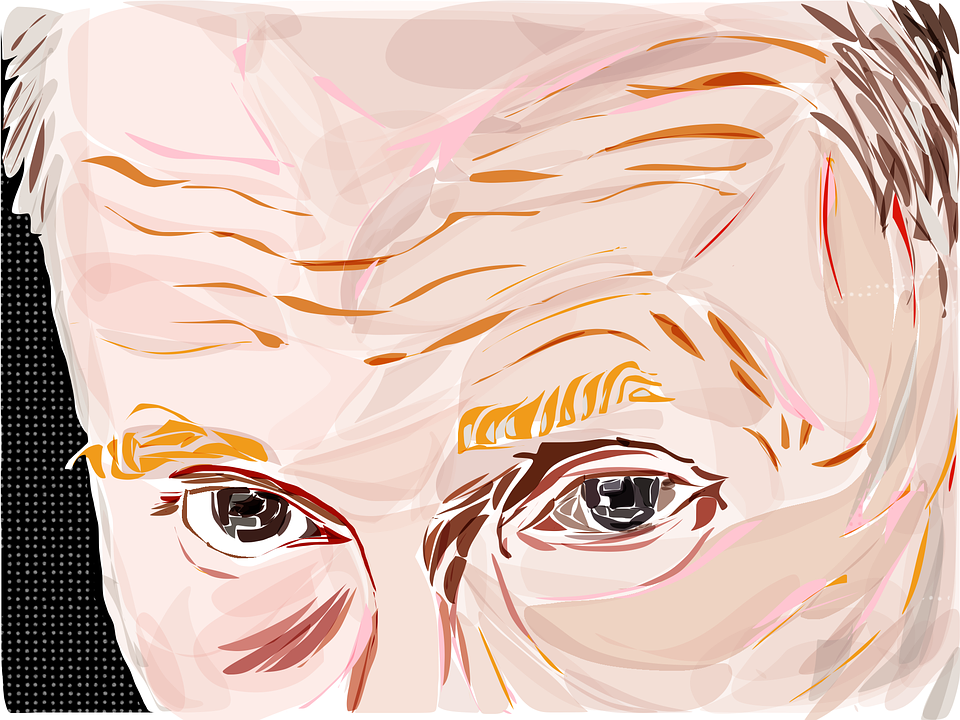Did he or didn’t he? That was the question on the minds of Western intelligence officers earlier this week as they tried to determine if Putin’s claim of “drastically reducing hostilities” in Kyiv and Chernihiv was true. The conclusion most analysts reached is that Putin only “rearranged” his troops but has not withdrawn them from Ukrainian territory or given up on war. On Tuesday Pentagon spokesman John Kirby told journalists that “Nobody should be fooling ourselves by the Kremlin’s now recent claim that it will suddenly just reduce military attacks near Kyiv, or any reports that it’s going to withdraw all its forces.” One week ago, Russian general staff head of military operations, Sergei Rudskoi, announced that Russian forces had accomplished their first objective and would concentrate on their only goal, a “complete liberation of Donbass.” That also has proven false. There may be another reality on the ground that few are reporting in the West.
Putin is repositioning troops. It provides Russia two bonuses. It allows Putin to reorganize his forces to prepare for another offensive on the capital and the northern city of Chernihiv. It also serves as disinformation to quell strong international support for Ukraine’s population who have vowed to continue the fight. It may not be all that is happening. On the same day that Kirby said don’t be fooled, Russian Defense Minister Alexander Fomin formally announced Russia planned to reduce its military attacks on Kyiv during diplomatic negotiations between the governments. Putin used the past tense, yet his own Defense Minister spoke about it as a future event.
The stories coming out of Russia and its highly effective propaganda department are effective and changing. Over the past four weeks Russia has met with unexpectedly high and efficient resistance from Ukrainian forces and the general population. Putin has lost a number of generals and other high ranked military and more soldiers in a few weeks of this war than during its entire two-decade long occupation of Afghanistan. Intelligence reports coming in from the field describe logistical failures with large numbers of Russian soldiers left unfed and to forage for their own food. Troops have used up their ammunition and are idled awaiting supplies from outside Ukraine. Tanks and armored vehicles are running out of fuel. It is apparent, according to one military specialist following the situation closely, that Putin and his military planners did not calculate the dynamics of a possible extended action inside Ukraine with any accuracy. The war has “lasted much longer than the few days Moscow expected,” exposed gaps in its logistics, and exposed a lack of discipline among Russian troops. Russia may not be able to win this battle, but already Russia is suggesting another front.
Both Russia’s northern advance and southern fronts are stalled. Defense One’s Tara Coop reports that Kirby pointed out this week that Ukrainian forces are “repelling attacks in Mykolaiv and Kherson, and [there is] fierce fighting in Mariupol, where the city is still resisting despite a weeks-long siege.” What does this mean for Ukraine? If Russian forces are not fighting here, then where will they go? It appears that Putin may be assessing Russian losses and revamping his goals to align with an easier one by reprioritizing the war to concentrate on the Donbass region and breakaway territories. It does not mean the war is winding down, although it may soon become bogged down in spring mud. Putin may be switching tactics. But it does not end here, according to one Russian.
In an article entitled “Russia Will Blow up European Borders,” Moscow-based commentator Albert Akopyan (Urumov) argues that the conflict in Ukraine has given Russia “a unique opportunity” to promote border adjustments in Europe—both near its western frontiers and further afield—and to do so “in the name of justice and those same European values” that Russia is often criticized for violating, cited by Paul Goble writing for the Jamestown Foundation. He quotes Urumov as saying that Moscow can distribute its conquered territories to neighbors in ways that serve them and Russia. It also can hand over ethnic-Hungarian-populated territories in what is now western Ukraine to Budapest, and it can exchange territories with Poland and Moldova. Goble notes Uramov states this will accomplish three goals.
First, Russia will “show the peoples of Europe an alternative to the existing ‘principles’ of nation-state construction” by showing that after the war in Ukraine, “everything has changed” and that they must live in a world where force alone determines outcomes rather than any principles of law. Second, the amenable countries will share an interest in helping Russia eliminate the seedbeds of Ukrainian nationalism in the West. Third, such moves will allow Russia to secure several much-needed transportation corridors. What is perhaps most disconcerting is that Urumov’s statement is not the most extreme coming out of Moscow. Goble argues that some Russian analysts are considering the possibility of border revisions or the “creation of Russian client statelets within countries that do not neighbor Ukraine.”
The new arrangements would be made to convenience Russia. Is this what Putin is now planning to pull off since his Ukrainian war is stalled? The Russian leader’s sleight of hand may be directing the West to look one way while he carries out plans to expand the breadth of the war in an entirely new direction. Western intelligence officials remain unsure of Putin’s next plan and how far he is willing to go. That makes him a dangerous man to watch in the coming days and weeks.
Daria Novak served in the U.S. State Department
